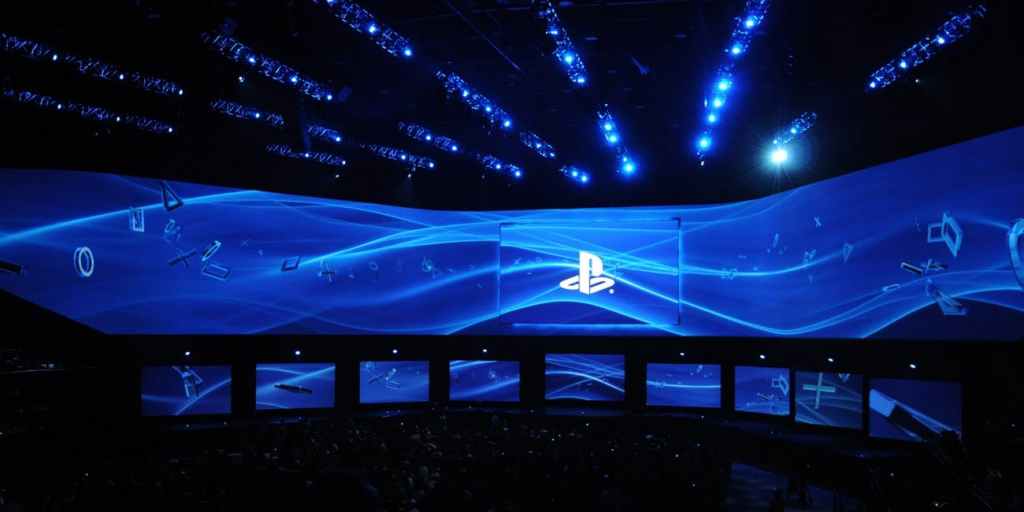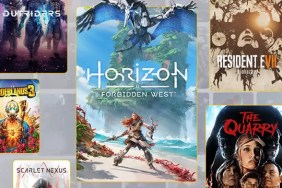It’s been a pretty big week for anyone anticipating next-generation consoles. Wired released an exclusive interview they had with Sony’s Mark Cerny about the next-generation PlayStation, which we all assume will be called the PlayStation 5. During the interview, they also got to see some demonstrations of the technology being talked about firsthand. While it’s hard to call this the official PS5…








